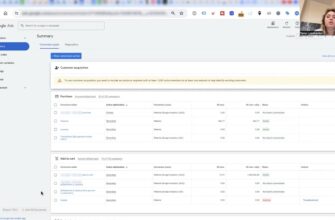- Why do I recommend using a plugin for an OpenCart website?
- Obtaining the necessary data to insert into the plugin in Google Ads
- Obtaining a dynamic remarketing code from Google Ads
- What needs to be replaced in the code received from Google Ads, and why?
- Configuring the plugin in OpenCart
- Verifying the correct operation of the Google Ads remarketing plugin
- How to set up a conversion tag in OpenCart?
- Bonus for those who read to the end
I previously recorded a video about setting up e-commerce using a special plugin for OpenCart. Today, I want to return to this tool and show you how to use it to set up dynamic remarketing on your website.
Why do I recommend using a plugin for an OpenCart website?
To be honest, OpenCart is a CMS that I regularly have difficulties with. There are several reasons for this:
- OpenCart is mainly popular in our region. It has not really caught on in the US and Europe, so there is significantly less high-quality documentation and ready-made solutions available in English.
- Because of this, specific bugs and nuances constantly pop up.
- Programmers who write code for OpenCart have mixed results. Sometimes everything works perfectly, and sometimes you end up with such a mess that it’s easier to start from scratch.
That’s why I find it easier to solve such problems using ready-made modules and plugins — it’s less of a headache.
How many calls and sales will I get by ordering contextual advertising from you?
I need to calculate the conversion of my website Describe
the task
in the application
Calculate potential ad revenue Google
contextual advertising calculator
The plugin I’m talking about transmits current Google Ads tags for dynamic remarketing. These are exactly the events needed for advertising to work correctly. As a bonus, it can configure Google Ads conversions if you need it to.
Let me give you a real-life example. At the time of recording this video (early July 2023), many advertisers began experiencing problems with accounts using GA4. For some, the glitches started on June 26, for others even earlier — in mid-May. Even those who had long since switched to the fourth analytics platform encountered these difficulties. If you were not affected, that’s great, you’re lucky. But most advertising accounts were affected, and their performance began to deteriorate.
Setting up conversion tags and purchase tags through this plugin solves virtually all possible tracking issues.
Obtaining the necessary data to insert into the plugin in Google Ads
Let’s move on to setting up Google Ads dynamic remarketing — specifically with new events. Why is it important to clarify this? Many people still use the old event format and are confident that everything is working as it should. Spoiler alert: this is not always the case.
To check the current status, go to “Tools and Settings,” open “Audience Manager,” and go to the “Your Data Sources” section.
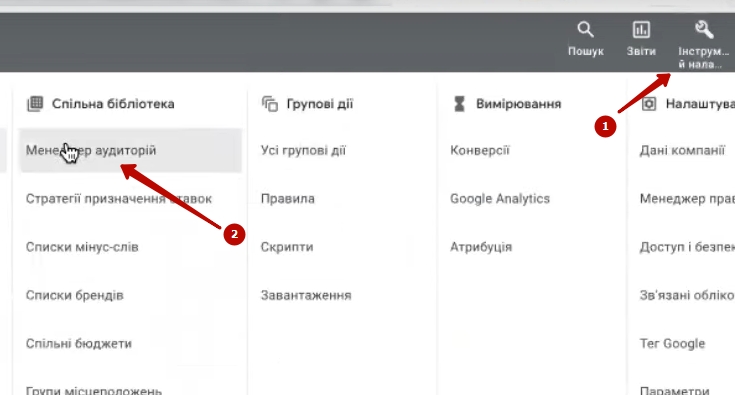
I’ll be honest: I call this section “Google’s Augean stables.” What they’ve been up to there lately is a whole other story. But let’s take it one step at a time.
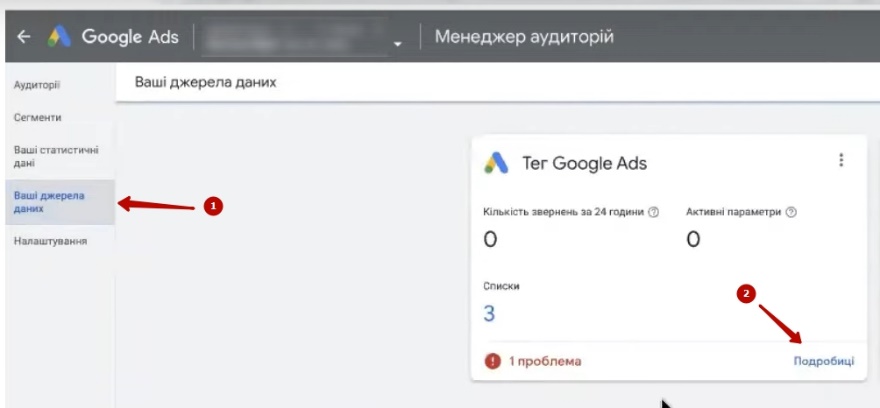
Let’s say you see that the Google Ads tag was last active on June 5. Why exactly then is a mystery. Perhaps something was deleted during the website redesign. By the way, this is a common situation: a client comes in, and everything is set up from scratch, even though something was working before. I don’t always understand the logic behind these actions, but the fact remains.

So, what do we see in the data sources? There is a Google tag that needs to be installed on the website. But in addition to the tag itself, we need events to transfer data about products.

Obtaining a dynamic remarketing code from Google Ads
And here’s where it gets interesting: Google does not show the necessary events by default. You will have to dig into the settings to activate dynamic remarketing.

How can you tell if you have dynamic remarketing set up rather than regular remarketing? A code snippet should appear with events in the following format: page_view, value, items. It seems simple enough.

But there’s a catch on Google’s part. The system is a little sneaky: these events still need to be converted correctly before being sent. You simply want to launch an ad and follow the instructions “Install the dynamic remarketing code.” It’s logical to expect detailed documentation, right? But Google doesn’t explain what the final code should look like and in what format to transfer product data.
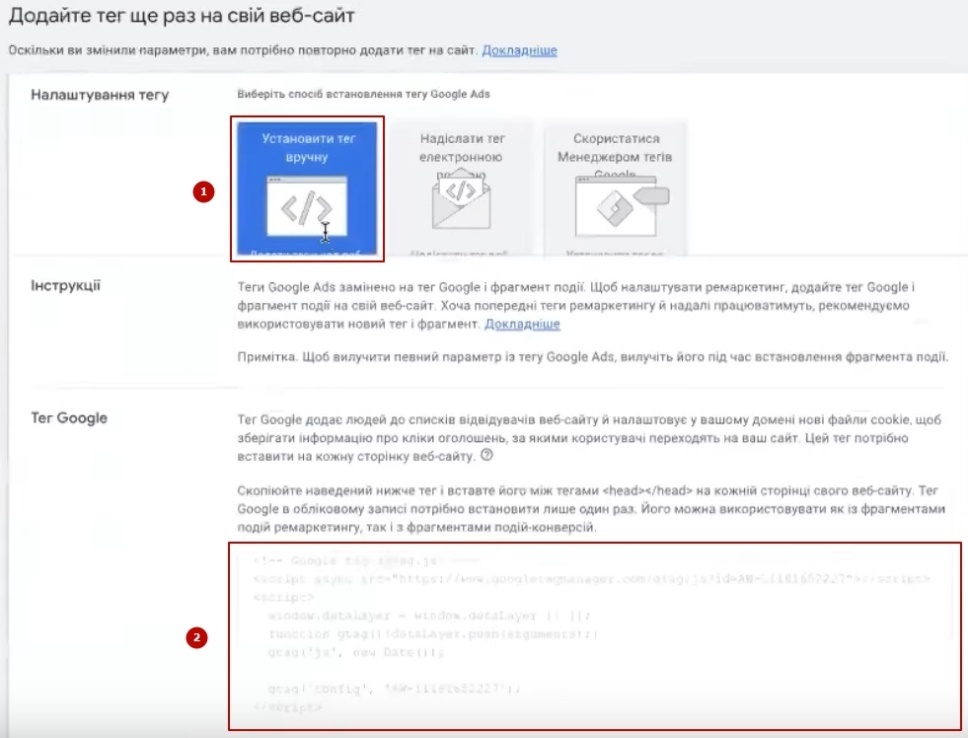
What needs to be replaced in the code received from Google Ads, and why?
Remember that script from the previous screen? Well, it cannot be used in its original form. You need to replace the standard page_view with five basic events:
- view_search_results — view search results
- view_item_list — view product category
- view_item — view product card
- add_to_cart — add to cart
- purchase — покупка
In addition, the value and items parameters must be substituted dynamically. What does this mean in practice? When a user adds three items worth $150 to their cart, these exact figures must be automatically transferred to Google Ads. Not some template values, but real data on the quantity, price, and ID of specific items.
Why is this necessary at all?
How many calls and sales will I get by ordering contextual advertising from you?
I need to calculate the conversion of my website Describe
the task
in the application
Calculate potential ad revenue Google
contextual advertising calculator
- Data transfer speed. When you set up dynamic remarketing directly through the Google Ads tag, data is sent to the system almost instantly. If you send information through GA4, it will take forever — first processing in analytics, then transfer to the advertising account. Why do you need this extra step when Google Ads has its own tools for getting data directly?
- Understanding user behavior. It is based on these events that Google determines what visitors are doing on your website. Yes, you have GA4, just like millions of other websites. But the advertising system cannot fully utilize this data for remarketing.
- Google documentation. Why can’t you write a normal human reference directly in your account? It’s a mystery. And for some advertisers, Google Business Verticals functionality is not activated, so you have to set it up manually.
Configuring the plugin in OpenCart
Let’s return to our OpenCart plugin. The beauty of it is that it takes care of all the complex work of converting events. All you have to do is specify a couple of parameters.

The main thing you need to do is insert your Google Ads ID. You can find it in Google Tag Manager or directly in your advertising account.
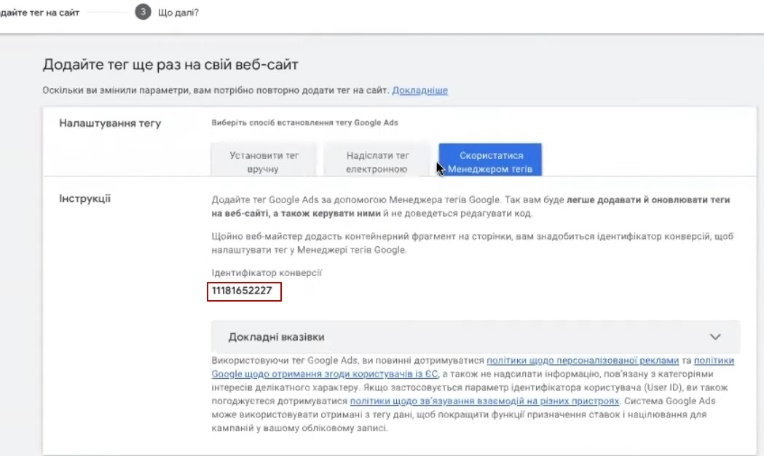
Important note: when copying the ID, the system may capture extra code. Make sure that the field contains only the ID in the AW-XXXXXXXXX format. Then switch the status to “Enabled” and be sure to save the settings.
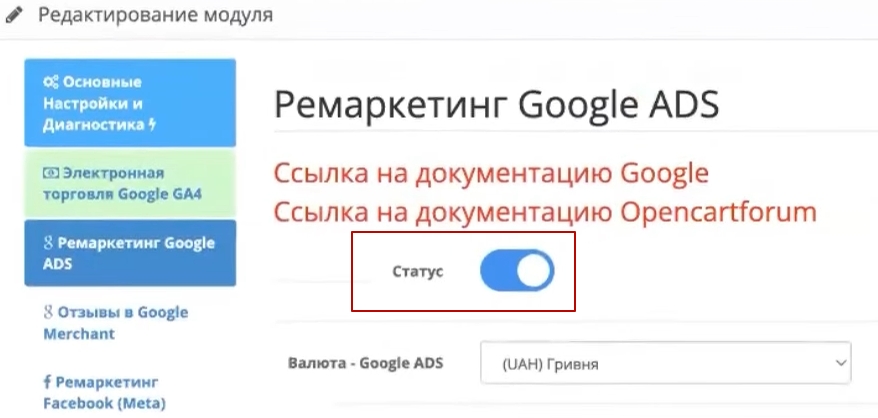
Verifying the correct operation of the Google Ads remarketing plugin
Now we need to make sure that everything is working correctly. Go to any product page and open the developer tools (or tag debugging extension).
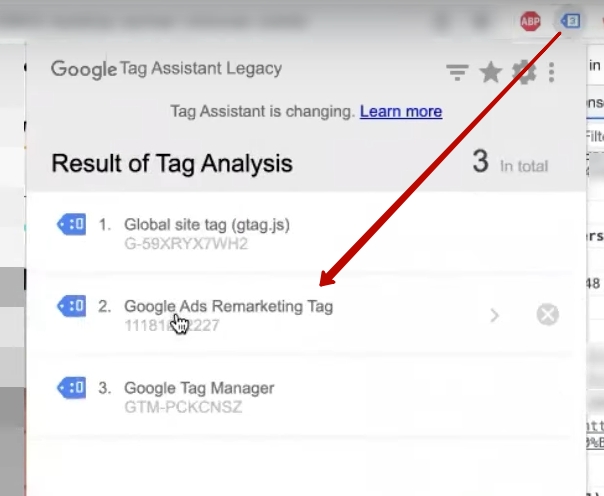
What should you see? The Google Ads remarketing tag will appear in the list of requests. When viewing a product card, the view_item event will automatically trigger with the retail and product ID parameters — exactly as required by Google in its documentation.
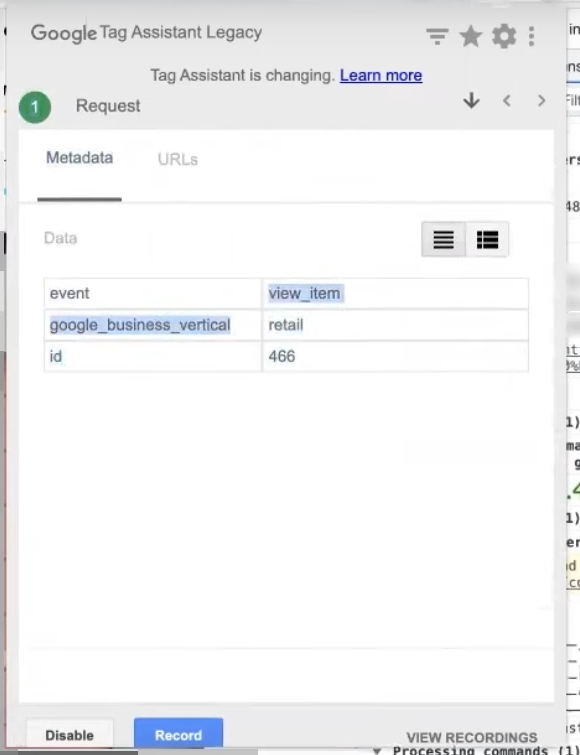
Let’s move on. Add an item to the cart, then another one. Check the requests — there are more of them now. Click on the last one and see the add_to_cart event. Great, everything is being transmitted as it should.
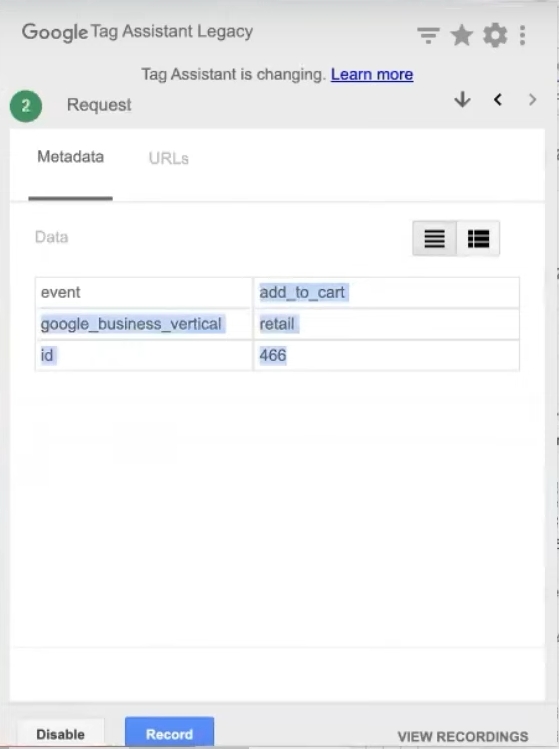
When you proceed to checkout, the plugin will send a begin_checkout event, and after the purchase is complete, it will send a purchase event. By the way, begin_checkout can be further customized via Google Tag Manager, but this is optional: Google Ads will see it anyway in the general stream of events transmitted by the plugin.
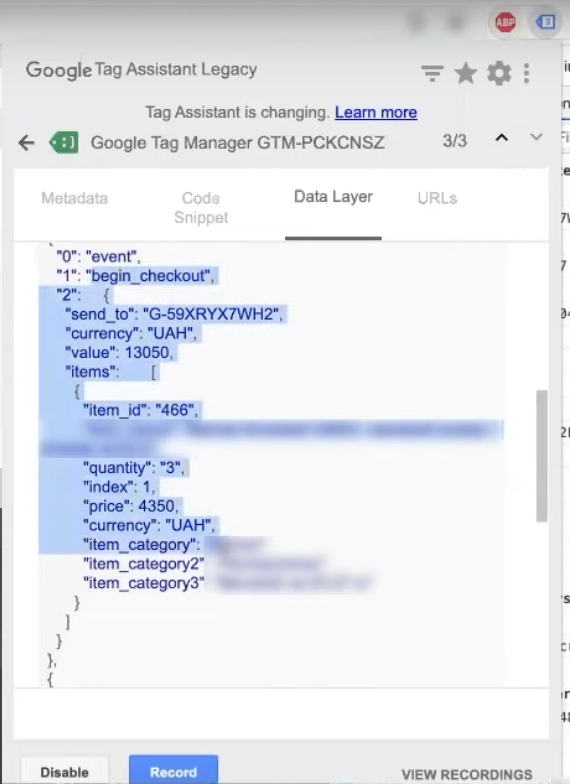
How to set up a conversion tag in OpenCart?
So, we’ve figured out dynamic remarketing on OpenCart. If you also need a conversion tag (purchase tag), it will take literally a minute to set up: just copy it from Google Ads and paste it into the appropriate field in the plugin. No additional conversions are required — just paste it as is, and it will start working right away.
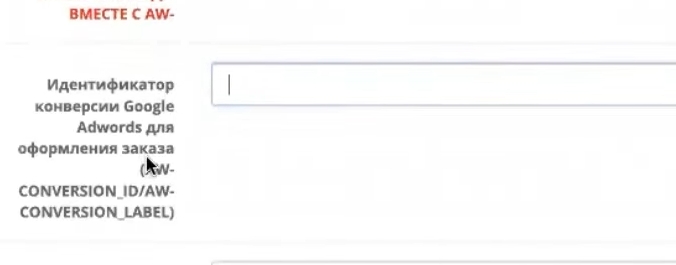
This is the minimum necessary information that must be transferred to the system for advertising campaigns to work correctly.
Bonus for those who read to the end
The most attentive readers will surely have noticed that Google Ads remarketing was not displayed at all during the begin_checkout stage. There wasn’t even a basic Global Site Tag (gtag.js). And it must be on the website.
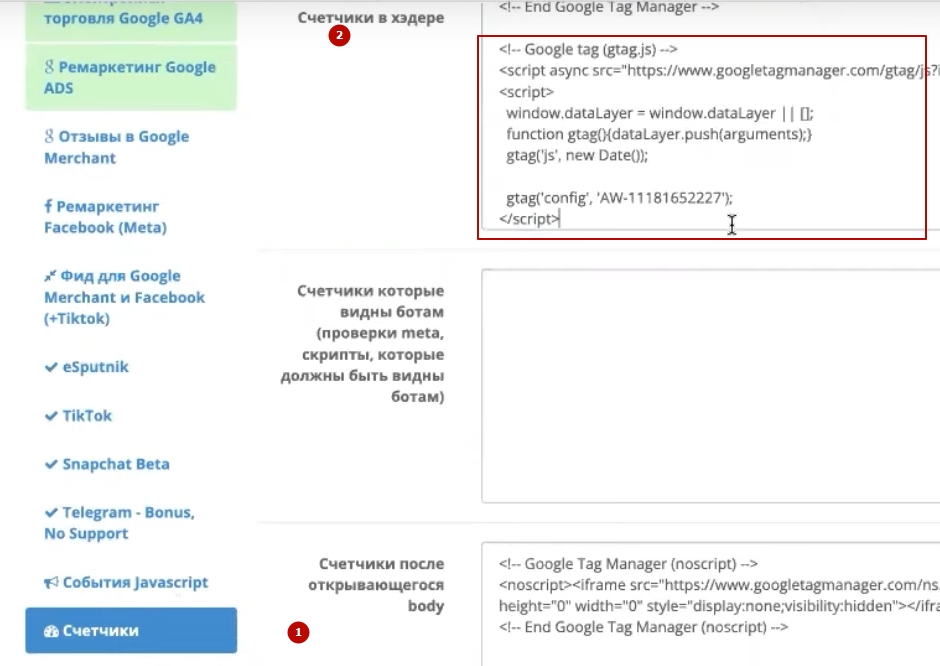
What should you do? Go to the “Counters” section, copy the Global Site Tag code, and paste it into the website header. It doesn’t matter whether you place it before or after Google Tag Manager—it will work in both cases.
After saving and reloading the page, the Global Site Tag will appear in the debugger. It is important to understand that this code must be present on all pages of the site without exception. It is installed once, and event codes (view_item, add_to_cart, and others) are additions to it.
Remember: dynamic remarketing always consists of two parts:
- Global Site Tag — basic code that is placed everywhere.
- Event codes — triggered by specific user actions.
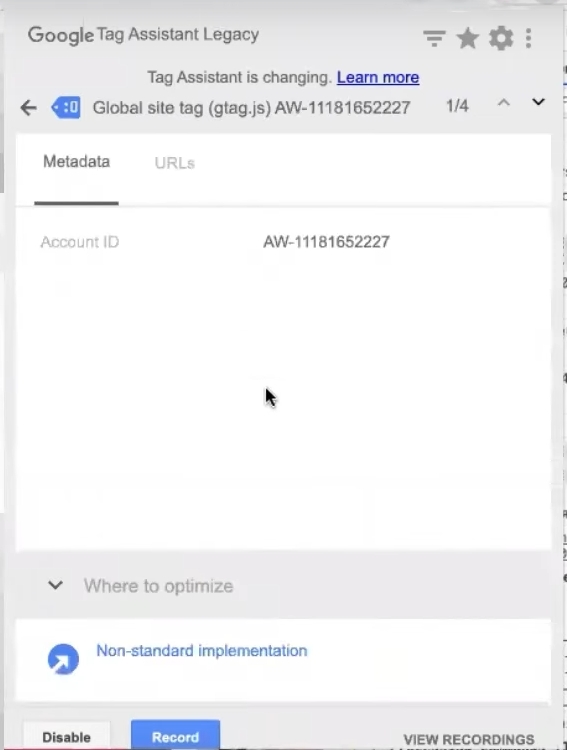
Now even begin_checkout will be correctly taken into account by the Google Ads system. Here’s a little bonus for those who read the materials to the end, rather than jumping the gun.
That’s it! You’re all set up for remarketing on OpenCart — you’ve got everything you need to get started.













